Introduction
Chahkooh Canyon, located on Qeshm Island, is one of Iran’s most breathtaking natural phenomena. This canyon, with its towering walls and deep grooves, appears like a forgotten valley carved into the rocky mountains, attracting nature enthusiasts and tourists alike. However, the allure of Chahkooh Canyon is not just in its striking appearance; it also holds significant scientific and geological importance. This article delves into the scientific aspects of Chahkooh Canyon, examining its formation, geological structure, and ecological significance.
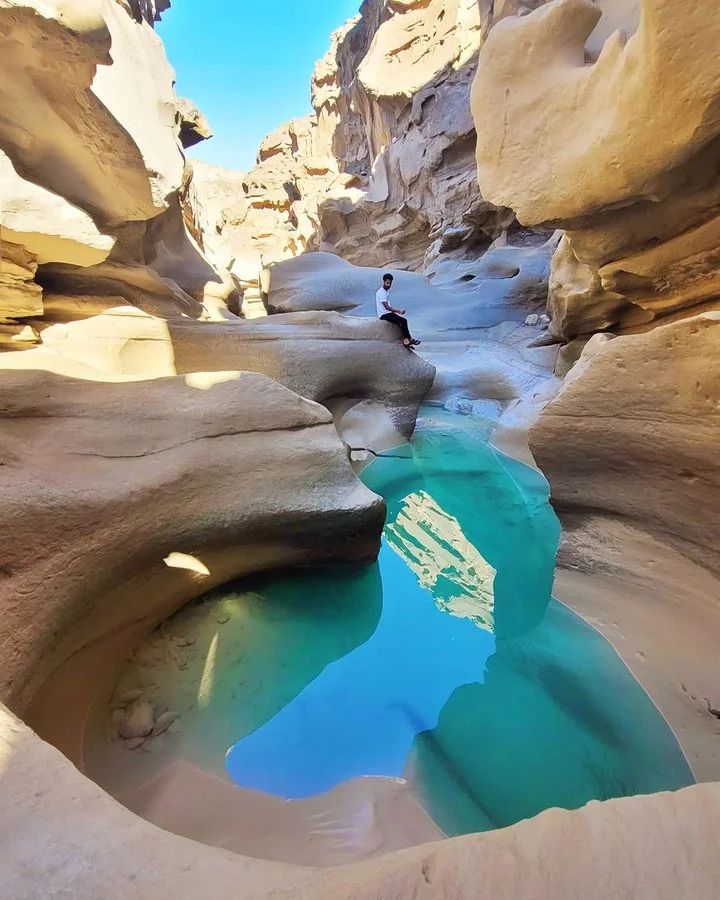
Formation History of Chahkooh Canyon
Chahkooh Canyon was formed over millions of years due to natural processes. The canyon is a result of the erosion of limestone and sedimentary rocks, primarily influenced by atmospheric factors such as wind, rain, and temperature changes. It is a prime example of how erosion can create deep, narrow valleys in rock layers.
The formation of Chahkooh Canyon dates back to the Mesozoic era, a period marked by significant geological activity when Qeshm Island was submerged under warm tropical seas. Over millions of years, sedimentary layers were deposited on the seabed, which later solidified into limestone and sedimentary rock. After the seabed uplifted to form Qeshm Island, these rocks were subjected to erosion, shaping the deep canyons we see today.
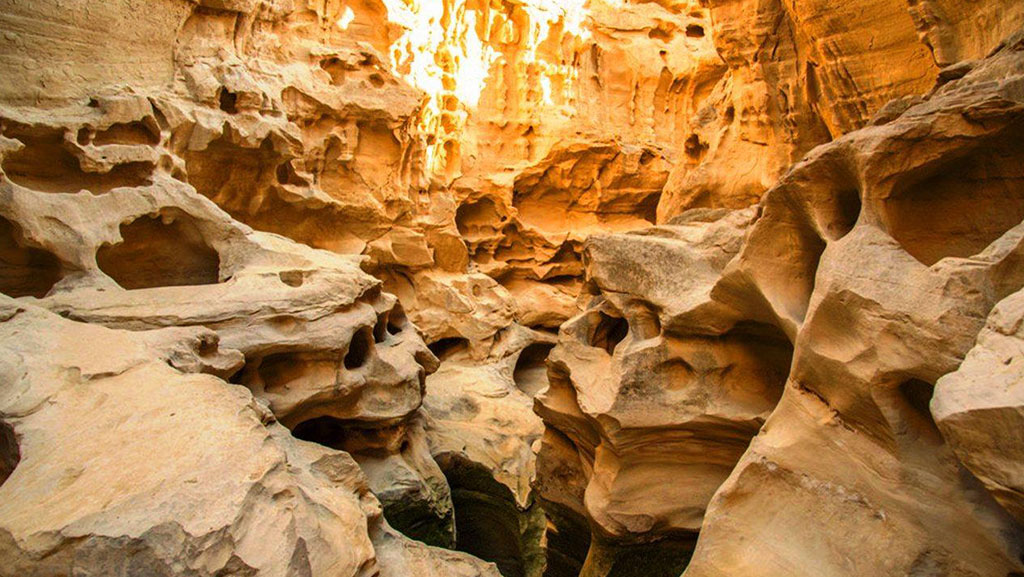
Geological Structure of Chahkooh Canyon
Chahkooh Canyon is composed of two main sections: the large canyon and the smaller canyon. The large canyon acts as the entrance to Chahkooh, with its tall, smooth walls showing signs of erosion from wind and water. The smaller canyon features deeper and narrower grooves that have been carved out over time by flowing water and sediment.
The walls of Chahkooh Canyon consist of limestone and conglomerate sandstone, which indicate the region's intense climatic changes and prolonged erosion processes. The walls are marked by intriguing formations such as grooves, cracks, and large cavities created by the flow of water and the accumulation of salts over the years.
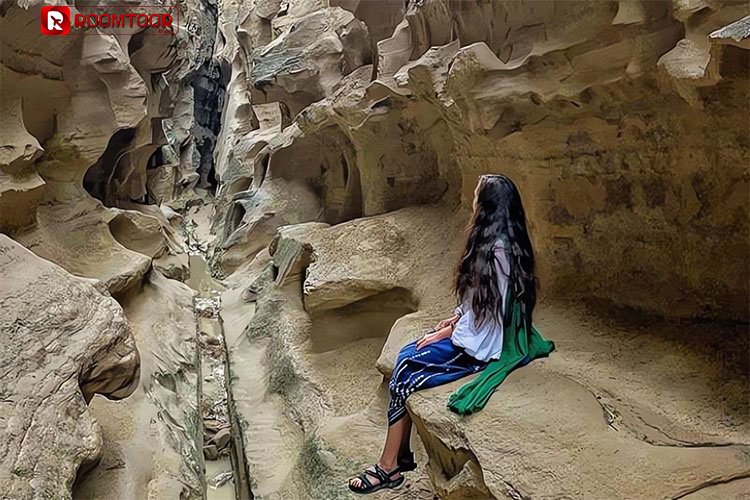
Ecological and Environmental Significance of Chahkooh Canyon
Chahkooh Canyon is not only geologically significant but also environmentally important. The canyon acts as a miniature ecosystem, providing a unique habitat for various plant and animal species. Due to the specific climate of Qeshm Island and Chahkooh Canyon, salt- and drought-resistant plant species thrive in this area.
Additionally, Chahkooh Canyon serves as a natural water reservoir. Small wells within the canyon, where rainwater collects, highlight the canyon's importance as a water source for the region's wildlife and vegetation.
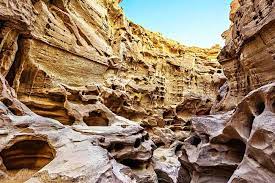
Tourism Attractions of Chahkooh Canyon
Chahkooh Canyon, due to its natural beauty and unique geological features, is one of the most popular tourist destinations on Qeshm Island. Each year, thousands of domestic and international tourists visit the canyon to witness this extraordinary natural wonder.
The canyon, with its towering walls and deep grooves, offers a perfect setting for hiking, photography, and experiencing untouched natural beauty. Visiting Chahkooh Canyon also provides an opportunity to learn about the geological history of Qeshm Island and the natural processes that have shaped the island's landscape.
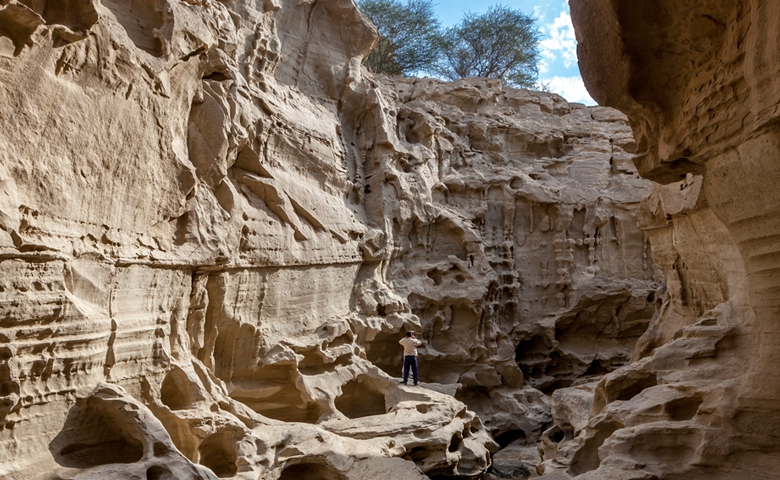
Conclusion
Chahkooh Canyon is one of Iran's most significant natural and geological attractions, formed by long-term erosional processes and the unique geographical conditions of Qeshm Island. The canyon is not only of scientific and geological importance but is also recognized as a valuable natural and environmental heritage. Preserving this natural wonder and promoting sustainable tourism can help protect this remarkable site for future generations, ensuring that its beauty and scientific significance continue to be appreciated.



